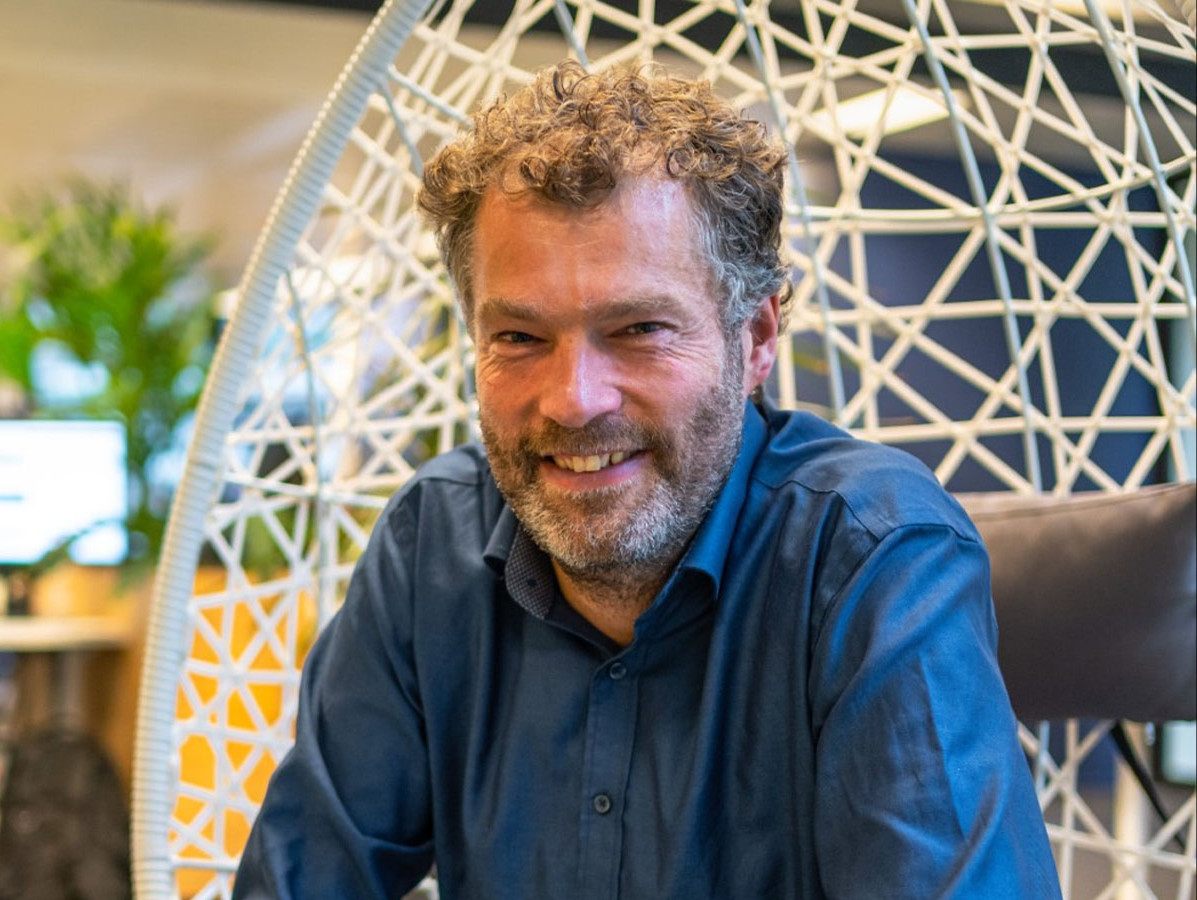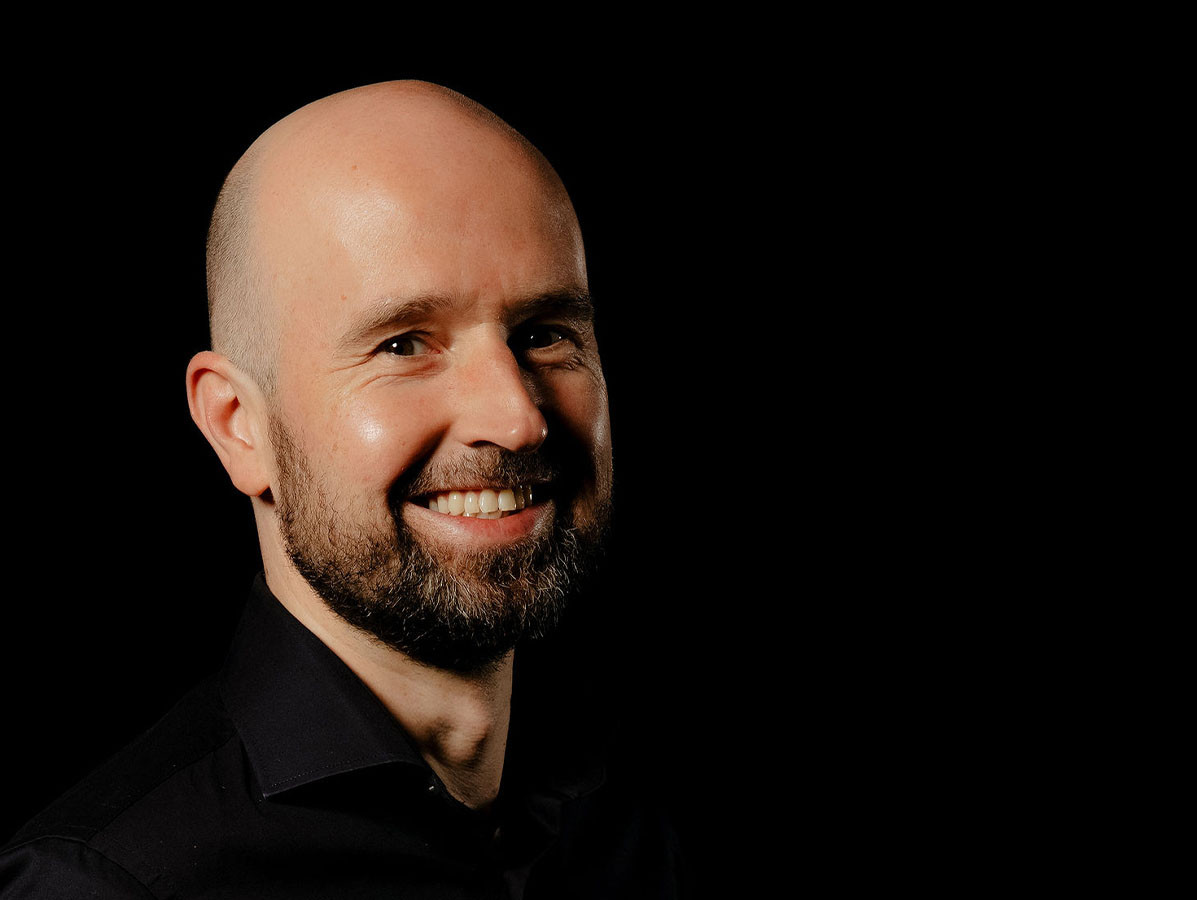
Almost all major challenges of our time are linked to our food system; the nitrogen debate, the climate crisis, the biodiversity problem, our health, the energy transition. Things have to change, everyone agrees. That calls for innovations. Three experts in product innovation in the food industry share their perspectives on the opportunities and challenges for the industry.
"You can read trends in the market very well from the activities of startups and what the scientific community is researching," Bas Allart (Brave New Food) starts the conversation. "That's where the boundaries of what we know are being explored. They are autonomous and often ahead of the established players. The new technologies and solutions that emerge from the research are often brought to the market by startups."
"The fact that many innovations are developed in laboratories is also a catch," thinks Durk Bosma (Future of Food institute). "Very often no thought is given to who is actually going to buy the product, and why, until it is almost time to put it on the market. With smaller food companies and startups, this is a real bottleneck. They have not properly identified for whom they are innovating and what the consumer needs. That should happen much earlier in the process; it also helps give direction to your product development. In product innovation, it is essential to look for your target audience. Get in touch with them and learn to understand what they really want. If you succeed in this and start innovating, it becomes more fun and easier."
Mark van Noorloos (Schouten Europe): "Many of the current innovations also come from sustainability considerations; for example, processing soybeans - to make them suitable for meat substitutes - costs a lot of energy. Product developers, including ours, are therefore actively looking for more economical alternatives to achieve the desired texture. For instance, by having a fungus do the job. New techniques like High Moisture Extrusion and precision fermentation are upcoming."
"No, I don't feel that way," Mark replies. "The products that are doing well are pretty traditional: plant-based chicken pieces, the bratwurst, the schnitzel and burgers, mainly soy-based. Our innovative tempeh mince proved to be too new and different. Innovations are mainly on improving the taste and bite of existing products. For instance, we have succeeded in developing a fully plant-based replacement for egg protein that gives products a good bite. Five years ago, 10-15% of our products were fully vegetable, now it is 90%. Furthermore, the price difference compared to meat is slowly narrowing. However, does that mean we are already entering a new phase in this transition? No, I don't see it that way."
"Indeed, the high expectations regarding the 'plant-based revolution' have actually been tempered!" responds Durk. "We see this reflected in the valuations on the stock markets. Consumers' willingness to pay more for locally and/or more sustainably produced food has also declined rather than increased. Unfortunately."

Durk Bosma
Still, they are positive about the opportunities of product innovation. In innovation processes, more collaboration is sought compared to about 10 years ago, all three of them observe. "Companies are more open to sharing knowledge and joining forces," says Bas. This also applies to Schouten Europe. Recently, the company sealed its cooperation with Grassa, a company from northern Limburg that - among other things - tests and develops technologies to extract protein from grass suitable for human consumption. Mark: "Together, we will investigate and test the application possibilities of grass protein in meat substitutes in the coming years. Furthermore, we are regularly involved in projects of HAS Den Bosch and Wageningen University. Keeping in touch with students who have a fresh perspective, and people who don't think in terms of barriers, is very inspiring."
To keep in touch with their target audience, Schouten has its own consumer panel and occasionally uses external agencies. "Indeed," Mark continues, "exactly as Durk just said: to hear what consumers find important when buying a meat substitute, how much they are willing to pay for it and the barriers preventing them from eating meat substitutes more often. The answers to those questions have clearly changed over the years, though. Owner Henk Schouten started producing meat substitutes back in 1990. He was ridiculed at the time, but stuck to his vision. In the beginning, our products were actually only eaten by vegetarians and vegans, until the flexitarian entered the scene around 2010. From then on, there was clearly more emphasis on the taste and quality of the products. Flexitarians want an alternative to at least meet the meat standard in terms of taste and bite. The quality shift as a result has only been good for the category."

Mark van Noorloos
"The guidelines that food products have to meet are getting stricter, though," says Mark. "For example, a meat alternative is only allowed to contain 1.1 grams of salt per 100 grams. At the same time, consumers are becoming more critical: things have to be tastier and tastier. Salt is an important tastemaker for many people. So it's a tricky situation, especially because the guidelines change so quickly. Just when we have optimised our products, the Nutriscore guidelines change again. As a result of this change, products suddenly get a B or C rating instead of an A rating. You have to focus on that. There is no room for relaxation.
"Add to that recent developments like corona, the Ukraine war, inflation, raw material and staff shortages," Bas adds. "This does not make it easy for the food industry to look far ahead. Many companies live in the madness of the day: 'What do we have to do now to be able to sell tomorrow?' Innovating takes time and money, AND you have to have the capacity to incorporate new products into your ongoing business and portfolio. While it is totally understandable for companies to be busy in the here and now, that is also a potential danger. You risk chasing the facts and falling behind those who do keep investing in renewing their product range and technology."
Bas continues: "The fact that many innovations do not make it is also because startups, unlike large companies, do not have the expertise, people, experience and capital to take their innovation to the market. Moreover, they have to deal with 'vested interests'. It is not easy to get a new product listed with wholesalers, food service, or retailers, you have to work really hard for that. You have to add something new to the already existing product range, be able to supply certain quantities, and meet a lot of other conditions."
"And even if you do get on the store shelf, it's still difficult," Mark responds. "It's perfectly understandable for retailers to remove products from the range if there are too many wastages, but I would like to see innovations given more time to be accepted. People are quite open to trying something new, but they often don't know how to apply innovations sufficiently in their way of cooking. Sometimes we ask ourselves: should we keep investing in new products, like tempeh mince, if they are not given time to become successful?"
Durk: "That confirms our vision: before you launch an innovation in the market, you have to have a good story and know your target group very well. Moreover, in your story you can only take one or two topics as the main message, otherwise it won't work. Take cultured meat. There appears to be a lot of resistance among consumers for this innovation. What are you going to call the production method so that consumers are going to feel a connection with what they like? They are concerned: Is it healthy? Is it safe, also in the long term? You have to be able to answer these kinds of questions proactively, otherwise the innovation is doomed to fail."

Bas Allart
A great example of successful innovation, Durk calls "plant-based egg in a bottle", with an emphasis on "easy to use". "You spray it in the pan and fry an omelette. You can store it in the fridge. What we often see going wrong with sustainable innovations is that companies or brands start putting sustainability very much at the forefront," says Durk. "Food should first and foremost be delicious. Or cheaper than comparable products. If you use 'sustainable' as a primary selling point, then you are not exploiting the full potential of your innovation."
Schouten Europe has also recently launched an egg protein substitute, but not from a bottle. "This product is particularly interesting for the food processing industry," Mark stresses. "We are introducing it in 4.5-kilo piles. A salad spread manufacturer can incorporate it into a vegan egg salad, for example. What we have also been working on in recent years are fish substitutes. For that, we use rice protein, as it provides a nice white colour and flaky texture. The challenge now is to get those substitutes nutritionally right. After all, rice protein has a lower protein content than soya, which is widely used for meat substitutes."
Bas: "Seaweed and algae also have a lot of potential. That is why we recently started a new seaweed challenge. We are doing this in cooperation with North Sea Farmers, a collective of about 150 parties involved in seaweed cultivation, production and products. We expect to make some nice relevant matches on this."
Durk indicates that in the short term, price will play an important role. "There is little room for premium innovations on the shelf because people are struggling to make ends meet," he predicts. "I do expect a lot of investment in innovations in high-tech food production. We will see innovation all along the chain. We will produce differently: stacked, in and on top of buildings, up to and including producing our own food on a small scale again in small vegetable gardens and in our own window sills. More new ingredients will also come onto the market in the coming years. Farmed meat, insects and algae are examples. They are just currently too expensive to produce, not tasty enough, or there is not yet a sufficient market for them. "
Bas: "We expect a lot of growth in the number of investments in the food sector and the protein transition. The fact that more companies are actively seeking cooperation, and are open to ideas and concepts from outside, is definitely going to accelerate the transition. Of course, I would like to see a step change. The food transition is similar to the energy transition; it's just going to happen. If you don't catch up, you will be left behind."
Who is who?
Mark van Noorloos, commercial manager at Schouten Europe; specialising in the development, production and packaging of meat substitutes. They supply retailers, food manufacturers and quick service restaurants.
Durk Bosma, founder and owner of Future of Food Institute; a market research firm that helps sustainable food companies innovate faster and communicate with more impact. They do this by providing insights into consumer behaviour.
Bas Allart, co-founder Brave New Food; a European food innovation platform driving collaboration between innovative start-ups & scale-ups, and leading food companies, retailers, distributors, impact investors and knowledge partners. They focus on the four main themes of the food transition: alternative proteins, reusing wasted food, healthier food and sustainable packaging.
Main photo: ©metamorworks/shutterstock.com
Source: Vakblad Voedingsindustrie 2023